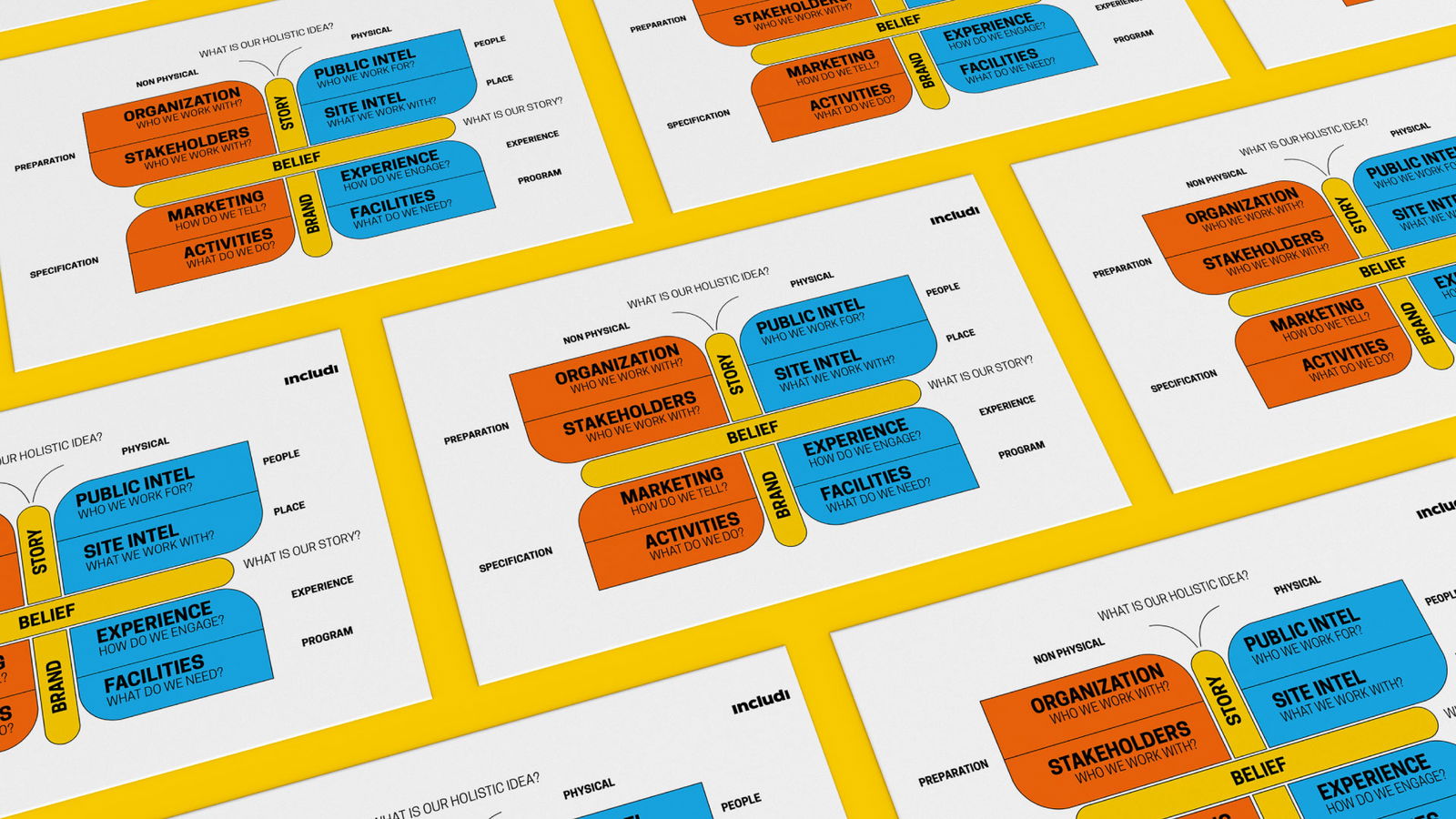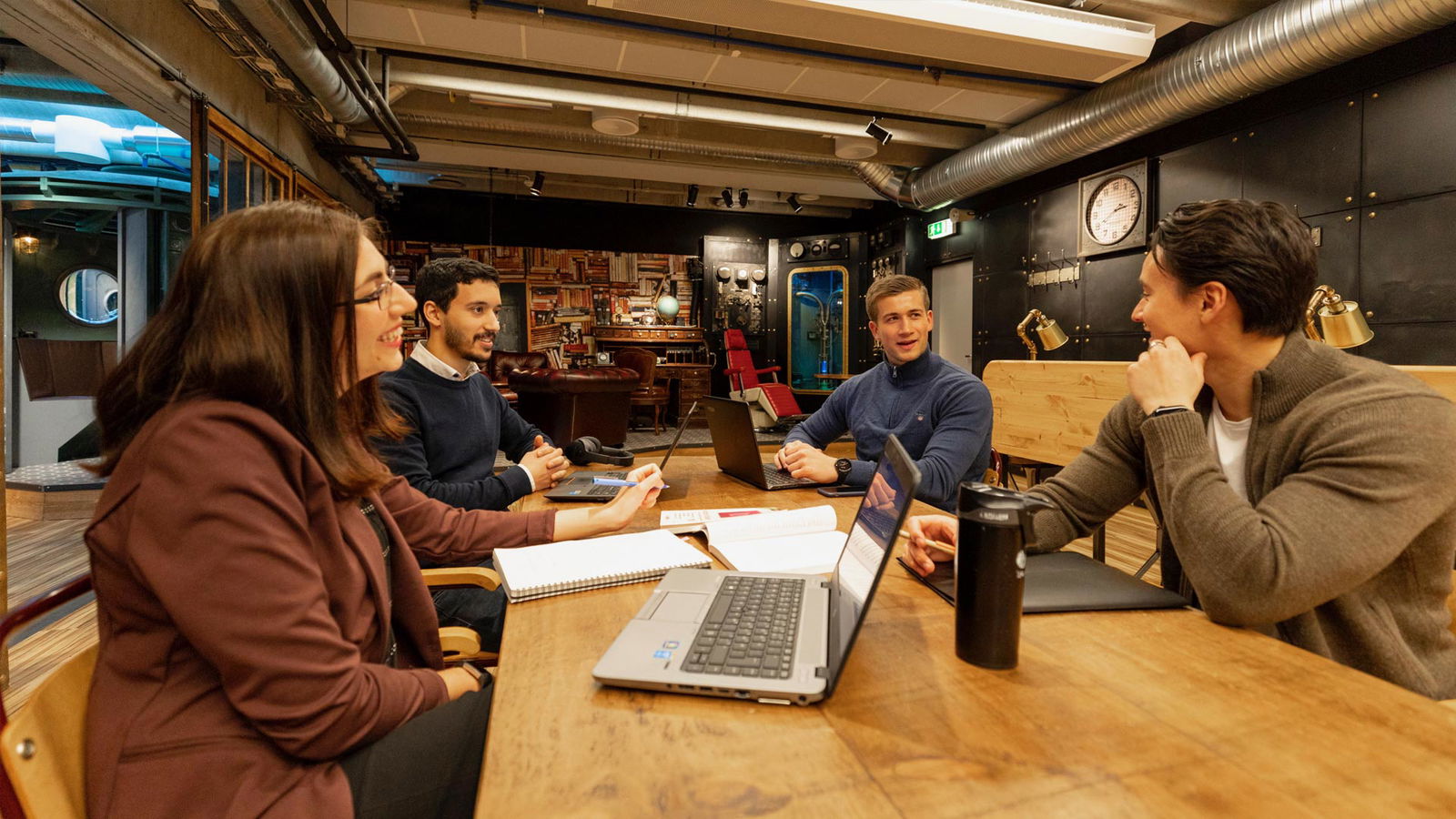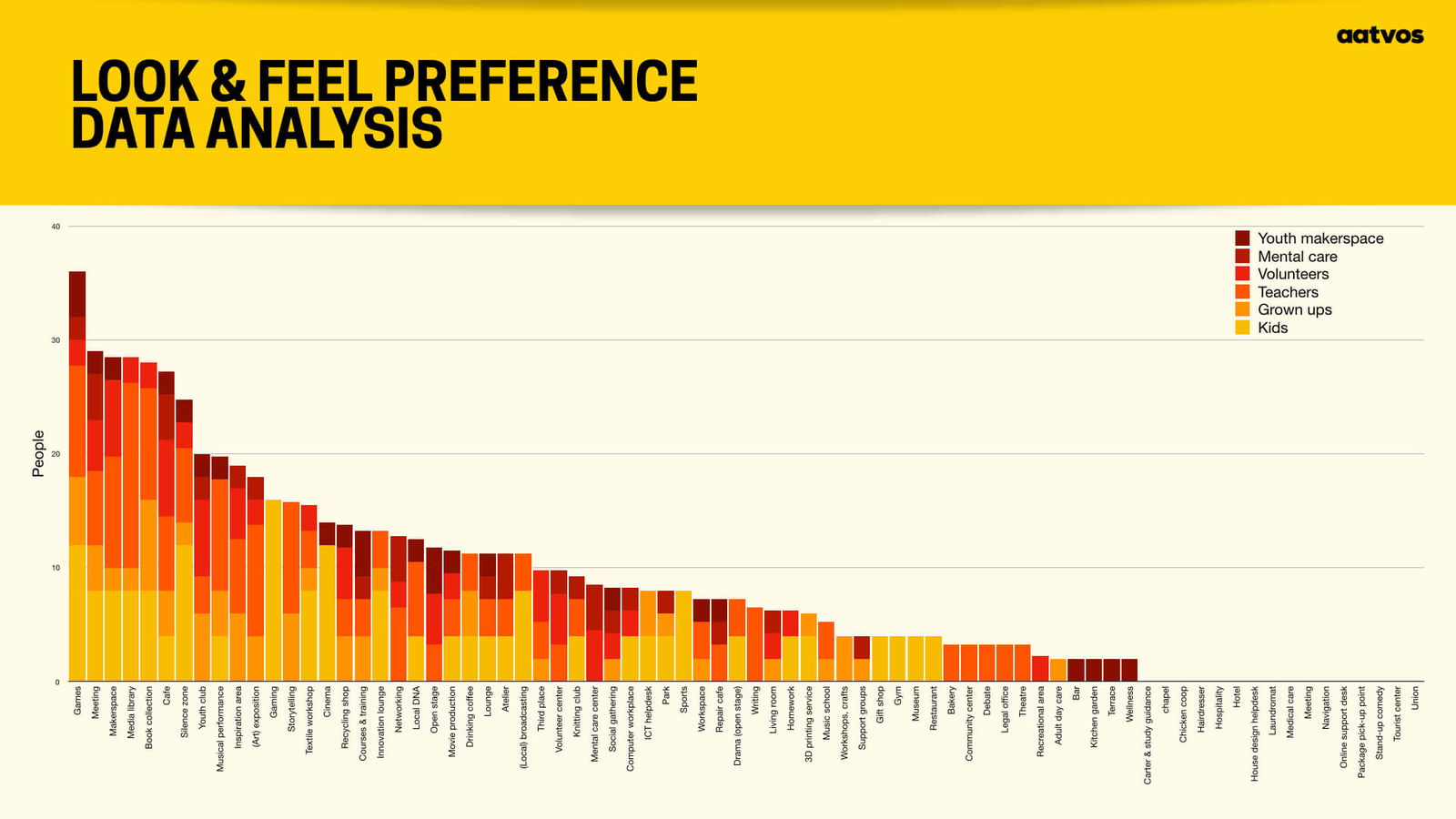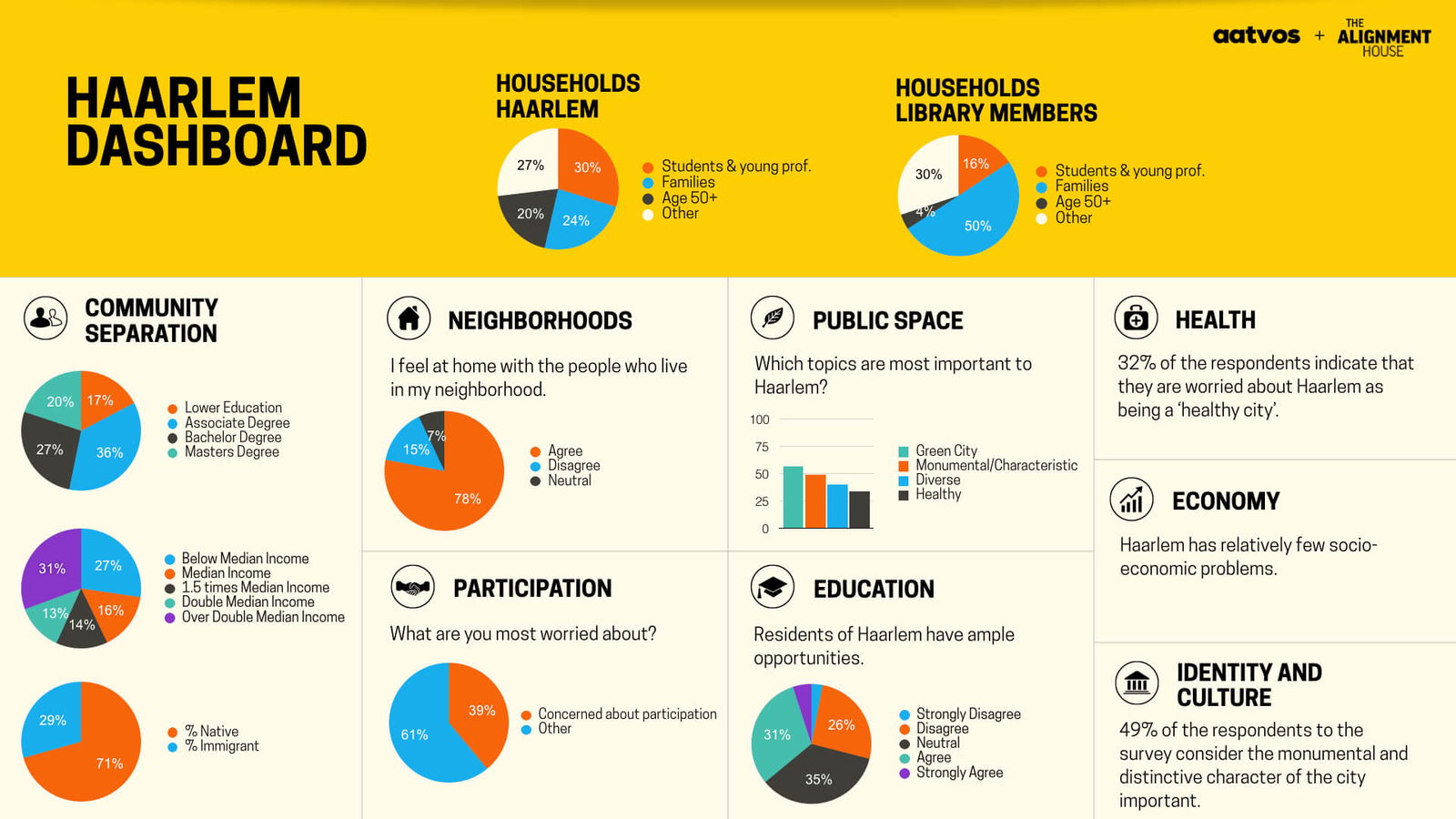The origin of prosperity
People love the outlook of these, but these initiators of change are unsure about how to handle the resistance they face. As a design and consulting company dedicated to reviving the public domain we run into a lot of stories revolving around politicians with personal agendas, municipality workers that just don’t grasp the idea, or city building managers with preservation interests only. So, how do you cope with this resistance? Let’s turn to economics for a little help. Why Nations Fail -The Origins of Power, Prosperity and Poverty (2012) by Turkish- American economist Daron Acemoglu from the Massachusetts Institute of Technology and British political scientist James A. Robinson from the University of Chicago is a powerful ‘epos’ that is both applauded and criticised for its simplicity on explaining why nations develop differently, specifically why some develop prosperity and others do not.
The book argues that the key to growth is the ability of a society to develop so-called ‘inclusive institutions’. Institutions are ‘inclusive’ when they involve many people, and these people have a say in political and economic decision-making. Furthermore, both personal and property rights are protected by the ‘rule of law’. In contrast to this, the book describes societies with ‘extractive institutions’ as those where a small elite rules over, and exploits others, extracting wealth and resources from the remaining majority. In these societies, property rights are not ensured by the ‘rule of law’ thus, entrepreneurship and innovation will not develop because there is no incentive to do so. The small elite benefits from an established status quo and therefore fears any change that will end their well-preserved privileged position. Their worst nightmare: creative destruction.
Fear of change
Creative destruction is a process coined by the Austrian economist Joseph Schumpeter that, according to Schumpeter, describes the “process of industrial mutation that incessantly revolutionises the economic structure from within, incessantly destroying the old one, incessantly creating a new one”. In other words, the development and implementation of new ideas will only be possible if old ideas are destroyed. It is easily argued that a ruling elite will do its best to prevent new ideas from developing. Think for instance Uber versus Bulgaria or AirBNB versus Barcelona: new creative ideas are met with resistance by established institutions or communities trying to preserve their position, and as a result often simply forbidden.
How does this relate to your local situation?
Well, there are two interesting things to be learned from this. First, if you run into resistance at City Hall when promoting a new vision for, let’s say, your local library, it is very likely that you might face an interlocutor who is trying to maintain what already is. This person obviously fears the process of creative destruction, as they might lose their position, superiority or seniority when your vision is turned into a reality. Secondly, history has shown that change is more likely to happen at open and inclusive institutions and communities.
Now, put one and one together, and you will understand that opening institutions, making them more ‘inclusive’ according to Acemoglu and Robinson, is the key to fostering and establishing change. Openness turns your modern vision into reality. Easier said than done? Well, of course, but as we are dealing with public services within the public domain, I think there is one very strong piece of ammunition that you can put to use here: the voice of the public itself – the public to the rescue.
Hard evidence
Now, back to what we have learned from the processes described above. In both examples, hard evidence-based data expressed the voice of the formerly unheard – the ones the services are actually meant to be built for. This data in hand turned out to be the lever that nudged politicians and community workers into action – in other words: made the institutions more open to the public. The data-based user consultations drove institutions to become more inclusive and therefore open to change.
So, next time you run into resistance or trouble when expressing your vision to your local stakeholders – don’t worry. It’s just the fear of creative destruction you are running into – which means you are making progress: you are in fact on your way to changing things. By opening up institutions with evidence-based data, the voice of the community will be your guide to create more inclusiveness within institutions.

Butterfly Principles Of Third Place Design



